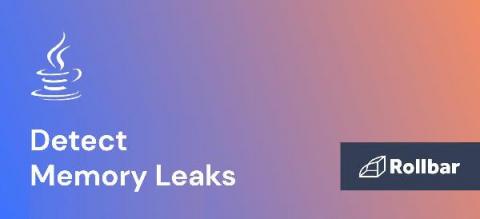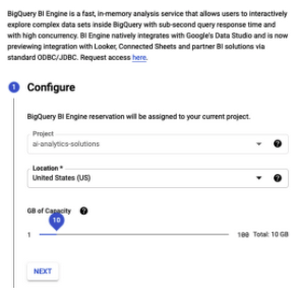What's New In Loadero (March 2021)
Time flies by and Q1 of 2021 has already passed. Our team was busy working on improving Loadero to make it easier to use and provide more insightful testing results to our users. We are proud to announce some long-anticipated updates that were done during the last months, make sure to use them for your benefit.











